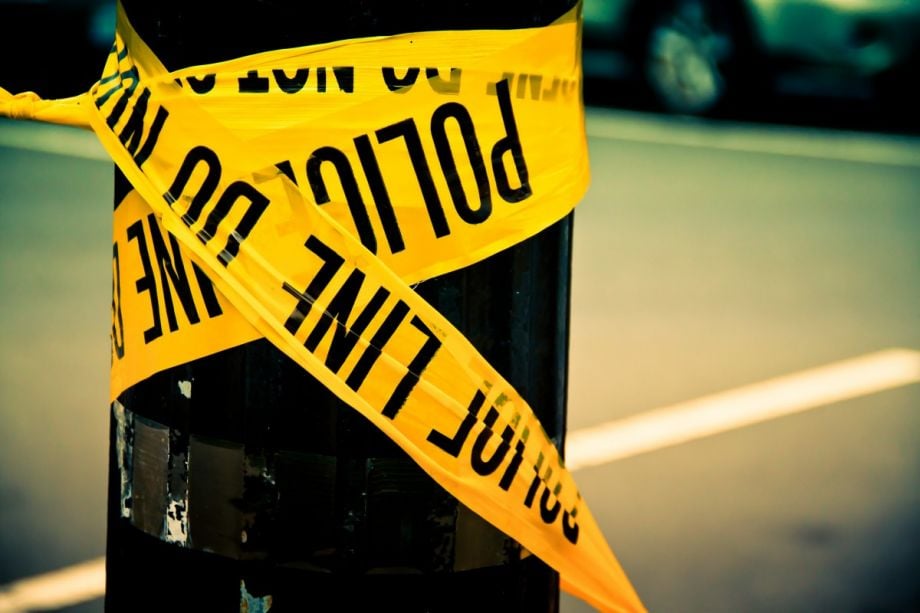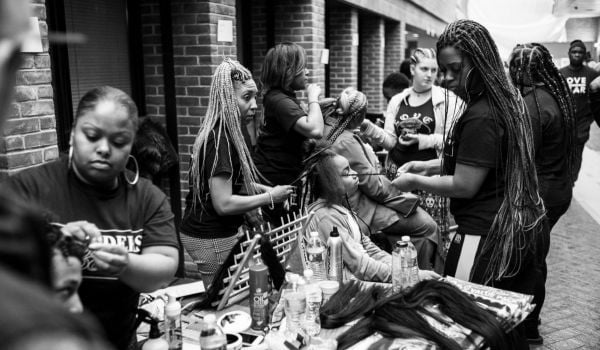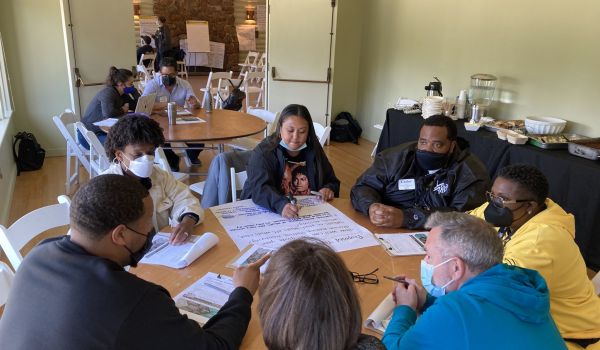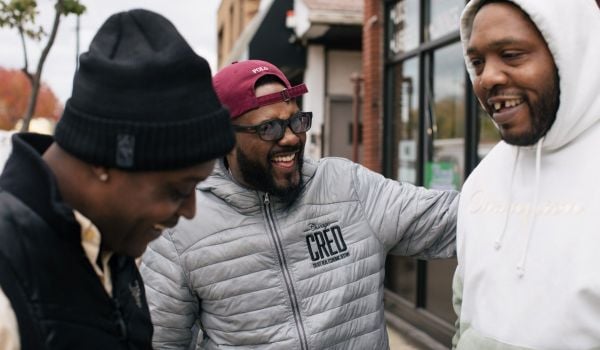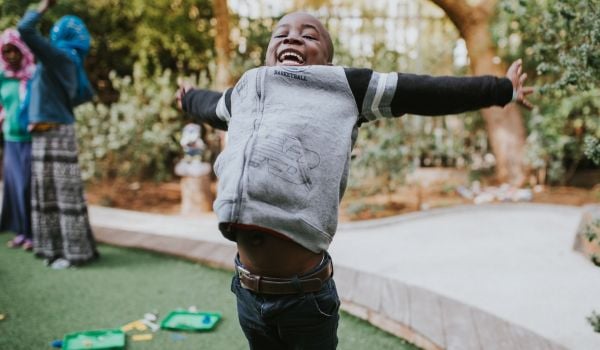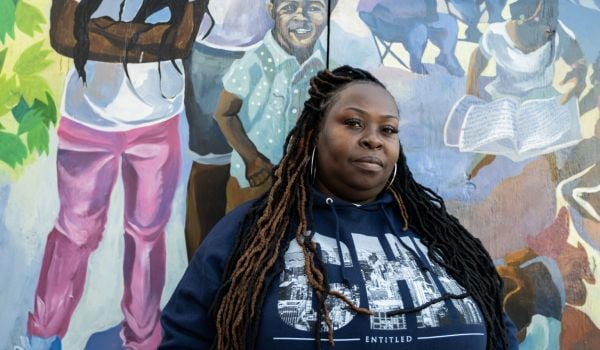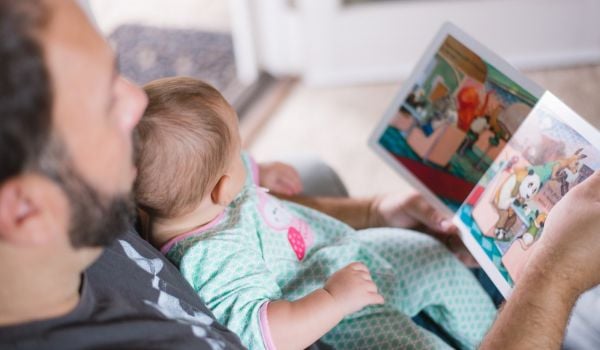In the past 18 months, the public health crisis of COVID-19 has mercilessly aggravated another public health crisis in America: gun violence. Last year alone, gun homicides and shootings spiked by at least 25 percent, and 2021 is on a similarly tragic course.
As a public health researcher and the leader of the nation’s largest community development organization, we are making an urgent call for locally led, anti-racist approaches to stopping the gunfire that for years has ripped through our communities.
Research—and real life—show unequivocally that gun violence is a place-based epidemic fueled by trauma, neglect, and deprivation that—like COVID-19—affects some Americans far more than others. It is part of our country’s legacy of structural racism. It doesn’t flare up randomly. It concentrates in very small social networks within discrete geographical areas, nearly all of them disinvested, high-poverty places where people of color are segregated and have limited access to basic requisites of life such as stable housing, good schools, adequate health care, and living-wage jobs.
One act of gun violence can easily beget another, and it can cycle within communities, with devastating results. Just being part of a social network where gun homicide has occurred makes a young person 900 percent more likely to be the victim of gun violence. Being exposed to firearm violence—as a victim or a witness—doubles a person’s likelihood of committing an act of violence in the following two years. Trauma, especially childhood trauma, plays an important role in this tragic dynamic.
Firearm homicide is the leading cause of death for Black boys and men, and the second leading cause for Latino boys and Black women. This has been the case for at least the past three decades.
Yet we are at a pivotal moment in our country’s ability—and will—to do something about it.
The past two decades have seen the evolution of a set of promising, trauma-informed, grassroots violence reduction strategies that together are known as community violence intervention. Their common denominator is that they are shaped and carried out by community members whose own lived experiences earn them trust and credibility among their neighbors. Recognizing the extraordinary potential of these models to be consistently effective, the Biden Administration has earmarked $5.2 billion for community violence intervention programs, a historic first.
Community violence intervention takes a healing, public-health approach to interrupt the cycle of harm. People who are relatable, and who understand the problem firsthand, intervene in high-risk situations to de-escalate conflicts and connect people with services such as mental health counseling, financial assistance, more stable housing, job and skills training, and employment opportunities.
They also provide mentoring and peer support, helping participants navigate life with trusted and caring advisers by their side. Programs run the gamut from small local groups started by the parents of murdered children like Not Another Child and Mothers/Men Against Senseless Killings (MASK) to large, comprehensive groups like LIFE Camp, Inc. and READI Chicago. These groups, and dozens of others like them, were born out of urgency, pain, and devotion to their neighbors and their communities.
Some outreach workers work in schools, helping young people who are at risk of violence avoid the school-to-prison pipeline that heaps lasting consequences disproportionately on children of color. They also can be found in hospital trauma units, working with injured victims and their families to address psychological wounds and stem the cycle of retaliation.
The “credible messengers” of community violence intervention programs have helped drive significant, quantifiable reductions in violent victimization in places that have embraced the strategy. And with its focus on local control, lifting up the voices and leadership of those most affected by and closest to the violence and using community resources to address root causes of violence, community violence intervention can serve as a new paradigm for the prevention of all types of violence and victimization.
To expand on this success—and fulfill the hope of potentially transformative federal investments in community violence intervention—communities need to shape their own on-the-ground initiatives, and partners like us need to support their leadership and building, for maximum results. We must collectively understand the special ingredients that can make community violence intervention powerful enough to save lives.
What we have seen is that the most promising programs are those based on intensive, community-rooted planning, and where community violence intervention workers are properly compensated, trained, and supported like the dedicated, life-saving professionals they are.
Take Oakland, CA, once a city with one of the highest gun fatality rates in the country. A citywide commitment to community violence intervention strategies reduced gun homicides there by a dramatic 52 percent between 2012 and 2018. These gains were in large part due to collaborative and community-driven planning. The program brought together a consortium of residents, credible messengers, life coaches, case managers, therapeutic specialists, community-based organizations specializing in addressing specific needs, and researchers, as well as police and other city agencies.
Boston, Chicago, Indianapolis, New Orleans and Stockton are among the other cities that have seen more than 30 percent drops in gun violence as a result of intensive community violence intervention programs.
Community violence intervention workers are often people who have experienced their own traumas and involvement in the criminal-legal system. They lead with love for their communities. It is a highly demanding and sometimes dangerous job that deserves respect and support in the form of high-quality training, fair pay, benefits, organizational capacity and infrastructure, and professional development and growth opportunities. Indeed, we believe the success of community violence intervention depends on it. Yet the average yearly pay for community violence intervention workers is between $35,000 to $45,000 per year, and it rarely includes overtime. Los Angeles just raised the starting frontline worker salary to $42,000, an increase from the previous salaries of $32,000-$38,000 a year.
All this said, the social and structural determinants of safety substantially overlap with social and structural determinants of health that are well understood. Communities with ready access to quality homes, education, employment, safe public spaces, and affordable, accessible physical and mental health care have predictably lower rates of chronic disease. They are very unlikely to be tormented by regular eruptions of gunfire. So to quell this deadly epidemic in the long term requires systemic change toward racial and economic equity.
An immediate step we can take is to assist, with all the resources and know-how at our disposal, hurting communities that are determined to act, right now, to stop the spread of violence and heal one another. Lives are at stake. There is no more time to waste.
Shani Buggs is an assistant professor with the Violence Prevention Research Program at the University of California, Davis.
Lisa Glover is the interim CEO of the Local Initiatives Support Corp, one of the country’s largest community development nonprofits.

